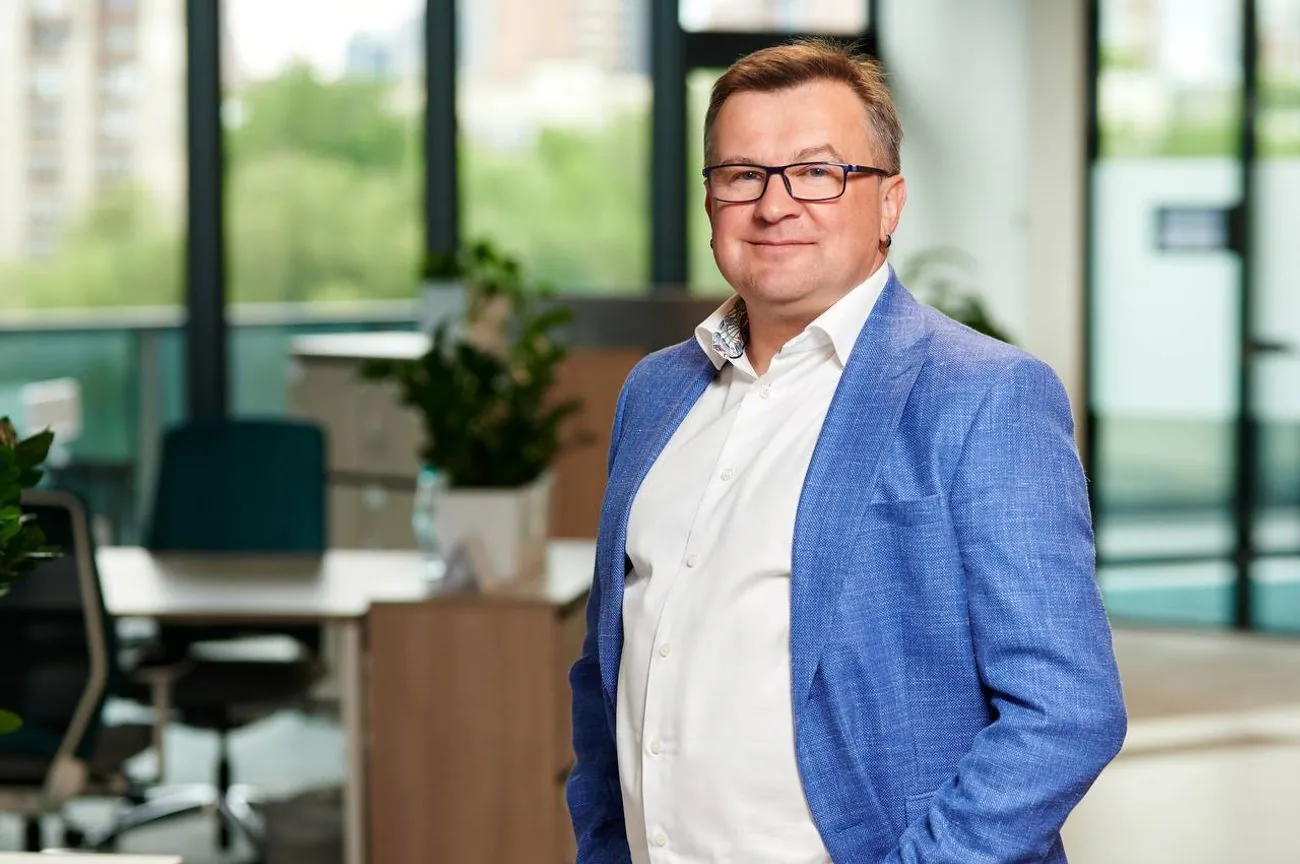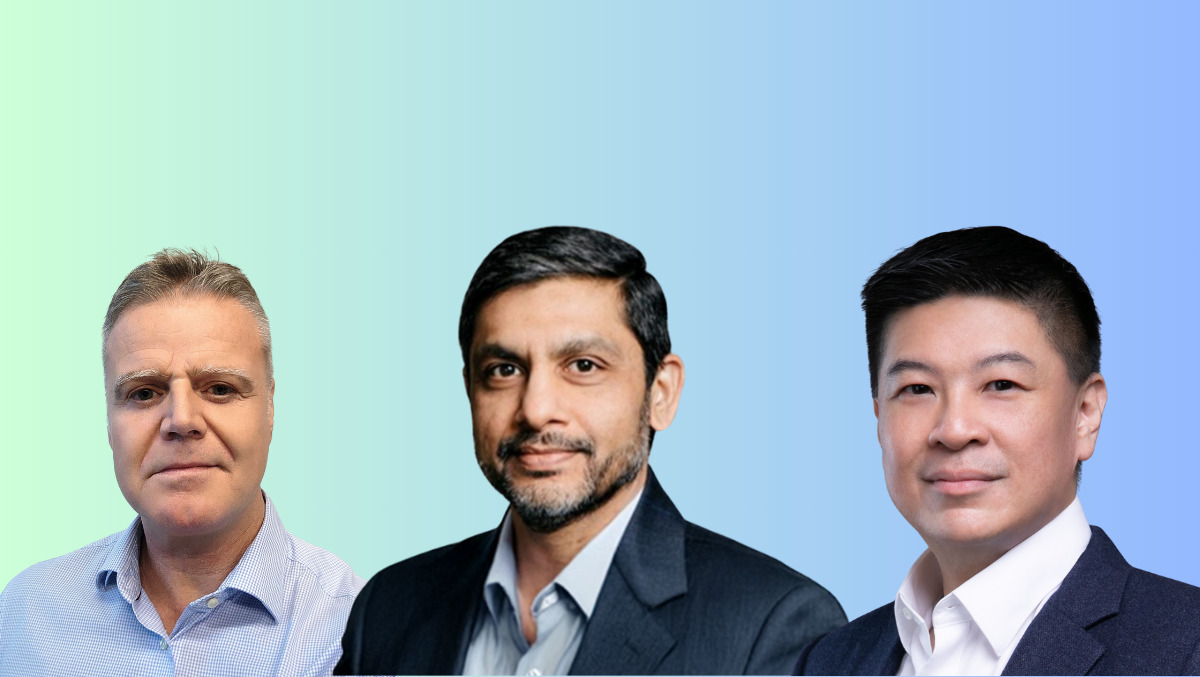Pat Gelsinger Exits As Intel CEO, Paranoia Key To Reviving Leadership

Intel CEO Pat Gelsinger announces his immediate retirement, marking the end of a challenging era for … [+]
Intel’s announcement that CEO Pat Gelsinger has retired effective “immediately” marks a pivotal moment in the semiconductor giant’s history. The decision was surprising yet inevitable, signaling the end of an era that began with Gelsinger’s return to the company in 2021. As the company struggles with a challenging market and internal pressures, the question arises: Can Intel reclaim its edge in a fiercely competitive industry, or has it lost the “paranoia” that once made it an unstoppable force?
Only the Paranoid Survive—But Has Intel Forgotten?
Intel’s legendary former CEO, Andy Grove, famously declared, “Only the Paranoid Survive.” Under his leadership, this mantra became the company’s guiding principle. Grove’s paranoia wasn’t about fear; it was about constant vigilance and the relentless drive to innovate. This mindset propelled Intel from a struggling memory-chip maker to the leader in microprocessors, where it dominated the market for decades.
When Pat Gelsinger returned as CEO in 2021, following his successful leadership roles at EMC and VMware, there was hope that he could restore Intel’s innovative edge and strategic clarity. A seasoned technologist with deep roots at Intel, Gelsinger took on the daunting task of rejuvenating the company’s fortunes. His bold IDM 2.0 strategy aimed to transform Intel into a manufacturing powerhouse and a leading foundry player. However, despite his clear vision and undeniable passion, the outcomes fell short of expectations.
Intel’s stock has plummeted by over 50% this year, and the company suffered a record $17 billion loss last quarter, laying off over 15% of its workforce. Its manufacturing delays and missteps in AI left it far behind competitors like Nvidia, which has seized the leadership in AI chips, and TSMC, which has become the dominant force in chip manufacturing. To make matters worse, Intel was removed from the Dow Jones Industrial Average earlier this year—a symbolic blow to a company once at the pinnacle of tech innovation.
While Gelsinger inherited significant challenges, his inability to execute at the pace required in today’s rapidly changing tech landscape led to his ousting. Intel, once the apex predator of the semiconductor world, is now scrambling to regain its footing.
The End of an Era—And The Start Of A Crossroads
The abrupt departure of Gelsinger, following the board’s decision to replace him, marks the end of an era at Intel. While Gelsinger’s efforts to restore the company’s manufacturing capabilities and reestablish its competitive edge were admirable, they ultimately fell short in a market where innovation waits for no one. Intel’s board, frustrated with the pace of change, made the difficult decision to part ways with its CEO.
With CFO David Zinsner and Client Computing Group GM Michelle Johnston Holthaus stepping in as interim co-CEOs, Intel is at a critical juncture. The next permanent CEO will face the monumental task of charting a new course for the company. Intel’s future depends on how well it adapts to new market realities and navigates the fierce competition in the semiconductor space.
Three questions about Intel’s future have emerged:
- Will Intel continue to push its foundry model, or should it refocus on core strengths like chip design?
- Can the company regain lost ground in AI and edge computing, or is it too far behind Nvidia to catch up?
- Does Intel need to restructure, spin off parts of its business, or even consider a merger to survive in the long term?
Rediscovering The Paranoid Spirit
For Intel to succeed, it must rediscover the spirit of paranoia that served it so well in the past. Grove’s mantra wasn’t about fear—it was about staying ahead of the curve, anticipating disruption before it happened. In an industry where technological cycles are measured in months, not years, survival demands constant reinvention.
Intel needs a leader who can reignite that hunger for innovation and disruption, one who can act with the same urgency that defined the company in its heyday. The next CEO must be someone who understands that, in today’s world, complacency is the greatest risk. There’s no time to dwell on past glory.
What Lies Ahead
Pat Gelsinger’s sudden departure is both a reflection of Intel’s struggles and a moment ripe for renewal. The company now faces a defining question: Will it reclaim the vigilance and boldness that once made it a powerhouse, or will it join the growing list of cautionary tales in the tech industry?
As Andy Grove said, “Success breeds complacency. Complacency breeds failure. Only the paranoid survive.” Intel’s survival hinges on how deeply it can reconnect with that ethos—embracing a culture of relentless innovation and adaptability before external forces dictate its fate.
The tech industry offers countless examples of once-dominant players that failed to pivot in the face of disruption. Intel’s challenges highlight a universal truth for leaders: nostalgia and legacy, while inspiring, are not strategies. Success demands not just vision, but flawless execution, especially in industries where the pace of innovation is unrelenting.
For Gelsinger, this marks a bittersweet end to a remarkable career at the forefront of technological transformation. For Intel, it’s a stark reminder that even industry giants are not immune to irrelevance if they fail to adapt.
As the world watches, Intel must answer the critical question Gelsinger himself posed at MIT just a year ago: “Will we manufacture the future?”
The stakes couldn’t be higher. The tech industry—and its next chapter—depends on what happens next.
link







:max_bytes(150000):strip_icc()/GettyImages-680316237-38ba50fe15b74baeb5eaf6df52ac3c2d.jpg)